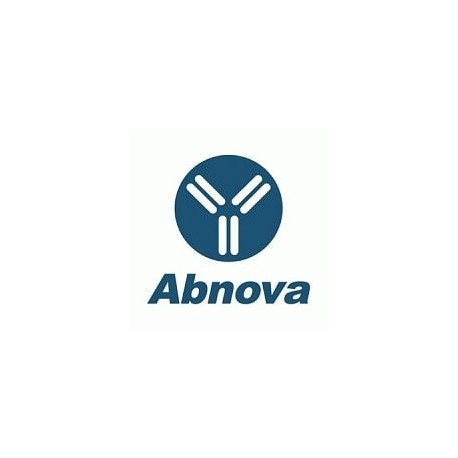Cart 0 Product Products (empty)
No products
To be determined Shipping
0,00 € Total
Prices are tax excluded
Product successfully added to your shopping cart
Quantity
Total
There are 0 items in your cart. There is 1 item in your cart.
Total products (tax excl.)
Total shipping (tax excl.) To be determined
Total (tax excl.)
Data sheet of RAD9 (phospho S1129) polyclonal antibody
| Brand | Abnova |
| Product type | Primary antibodies |
| Reactivity | Yeast |
| Host species | Rabbit |
| Applications | ELISA,WB-Re |
More info about RAD9 (phospho S1129) polyclonal antibody
| Brand: | Abnova |
| Reference: | PAB11309 |
| Product name: | RAD9 (phospho S1129) polyclonal antibody |
| Product description: | Rabbit polyclonal antibody raised against synthetic phosphopeptide of RAD9. |
| Gene id: | 851803 |
| Gene name: | RAD9 |
| Gene alias: | - |
| Gene description: | DNA damage-dependent checkpoint protein, required for cell-cycle arrest in G1/S, intra-S, and G2/M; transmits checkpoint signal by activating Rad53p and Chk1p; hyperphosphorylated by Mec1p and Tel1p; potential Cdc28p substrate |
| Immunogen: | Synthetic phosphopeptide (conjugated with KLH) corresponding to residues surrounding S1129 of Saccharomyces cerevisiae RAD9. |
| Protein accession: | Locus:11q13.1-q13.2;OMIM603761;GDB5592334;SwissProtQ99638 |
| Form: | Liquid |
| Recommend dilutions: | Sandwich ELISA (1:5000) The optimal working dilution should be determined by the end user. |
| Storage buffer: | In 20 mM KH2PO4, 150 mM NaCl, pH 7.2 (0.01% sodium azide) |
| Storage instruction: | Store at 4°C. For long term storage store at -20°C. Aliquot to avoid repeated freezing and thawing. |
| Quality control testing: | Antibody Reactive Against Synthetic Peptide. |
| Note: | This product contains sodium azide: a POISONOUS AND HAZARDOUS SUBSTANCE which should be handled by trained staff only. |
| Product type: | Primary antibodies |
| Host species: | Rabbit |
| Antigen species / target species: | Yeast |
| Specificity: | This phospho specific polyclonal antibody reacts with phosphorylated pS1260 of yeast Rad9. Reactivity with non-phosphorylated yeast Rad9 is minimal by ELISA and immunoblotting. No reactivity is expected against the human or mouse analogs of RAD9. Cross reactivity may occur with auto-phosphorylated Rad53 kinase. |
| Reactivity: | Yeast |
| Applications: | ELISA,WB-Re |
| Shipping condition: | Dry Ice |
| Publications: | Rad53 FHA domain associated with phosphorylated Rad9 in the DNA damage checkpoint.Sun Z, Hsiao J, Fay DS, Stern DF. Science. 1998 Jul 10;281(5374):272-4. |


